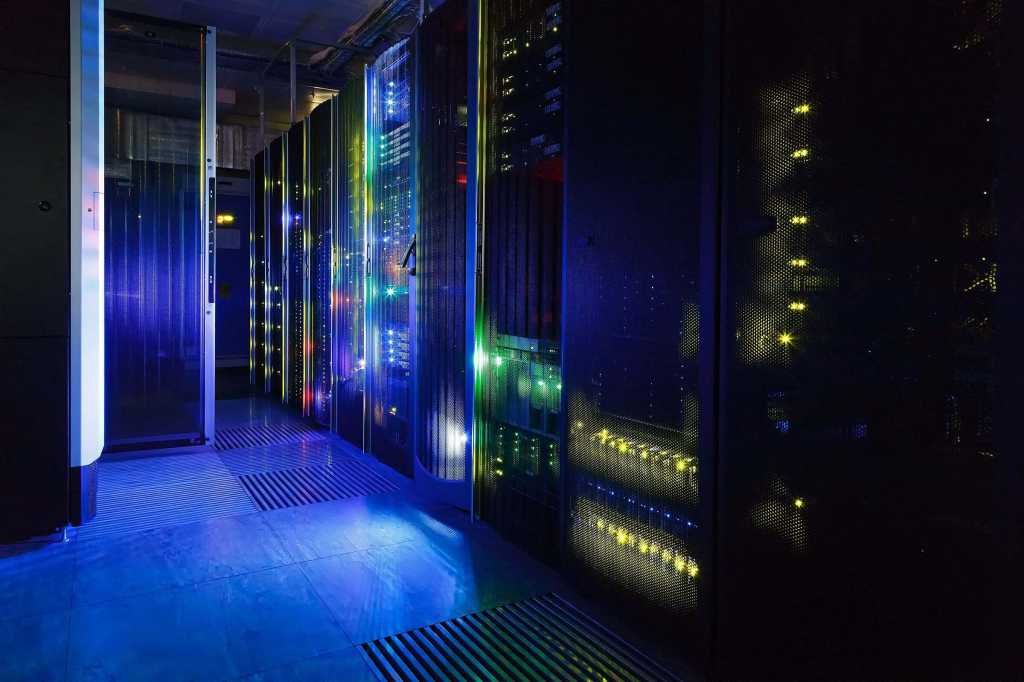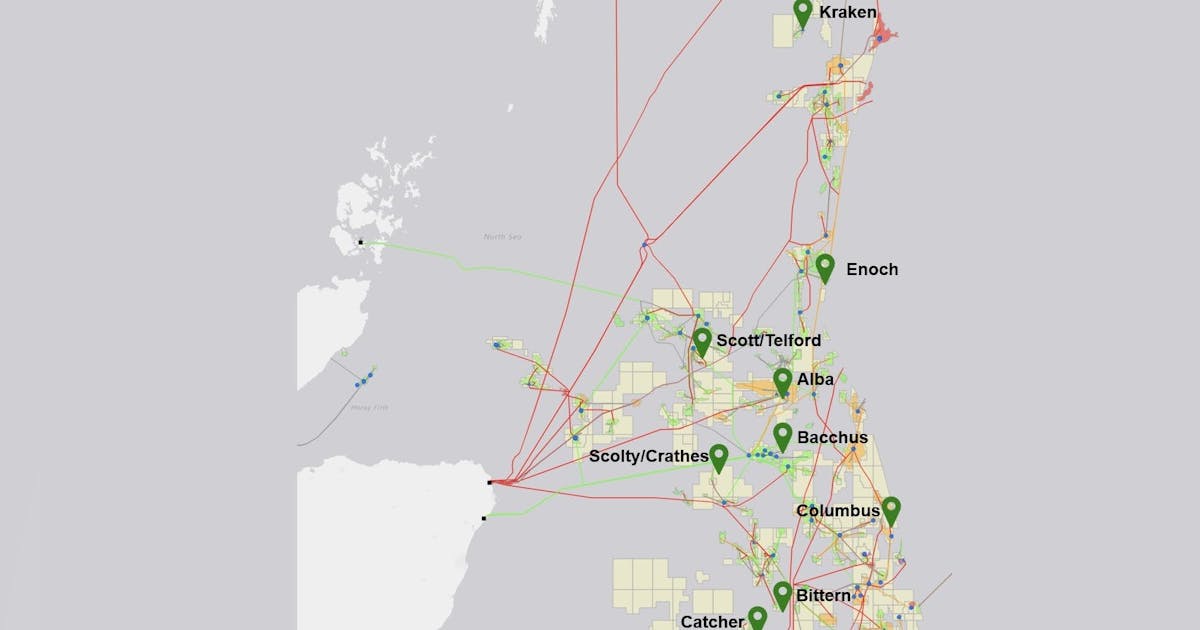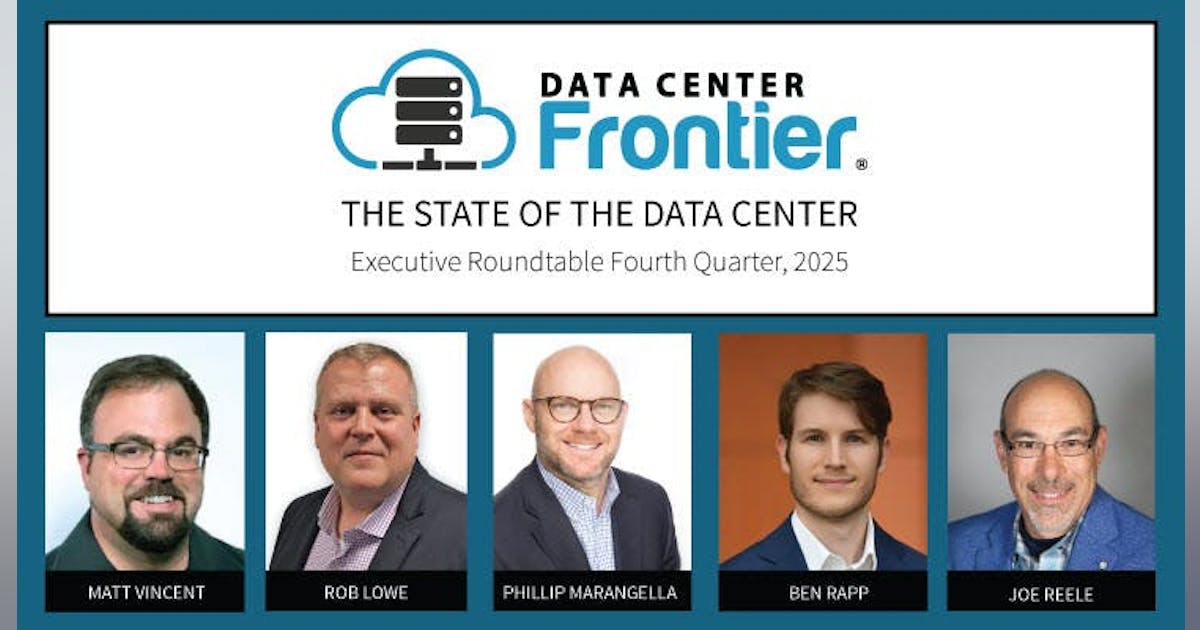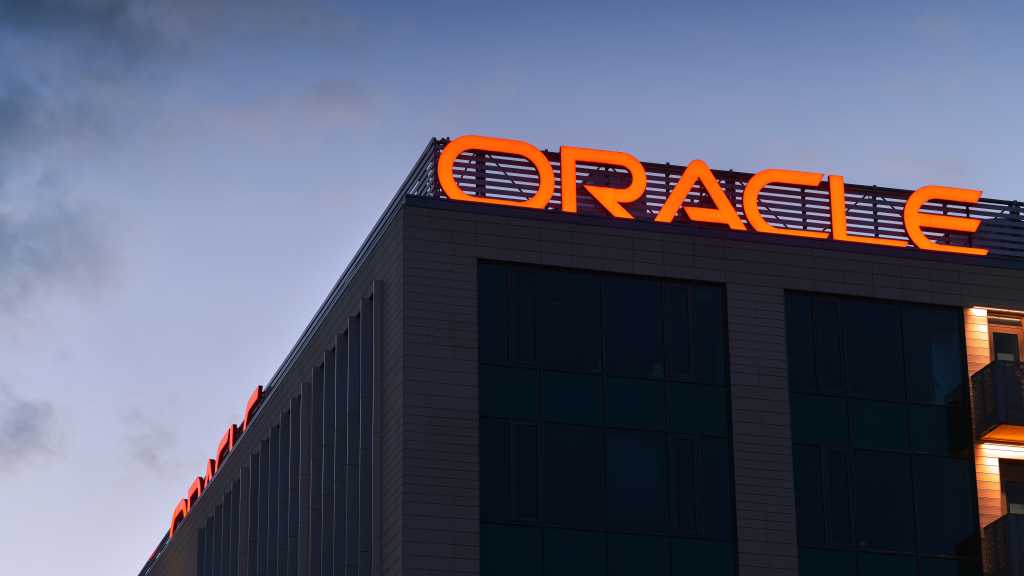
Todd Glass is a partner at Wilson Sonsini. The views in this op-ed do not necessarily reflect the views of the firm or its clients.
Integrating AI into the global economy is the next transformative technological revolution. American policy makers and corporate leaders alike understand that beyond technological dominance and economic opportunity, leading the AI revolution is a matter of national security. Even Presidents Trump and Biden seemingly agree: whoever leads that revolution will dominate the flow of information, how privacy and security regimes are regulated, what economies and governments are secure (or not), and which nations will drive global economic growth over the next several decades.
AI works through statistical operations on enormous databases, so its computing demand is unprecedented. Because computing boils down to the transformation of electric energy into information, the growth and success of AI is directly correlated to the availability of cost-effective electric energy. The supply of electric energy will play a critical role in this global race. Data center development to meet demand for compute will create massive growth in electric load in the United States at a rate not seen since the 1960s. Fortunately, with targeted reforms, the U.S. can win, while fostering innovation and maximizing value to consumers, by expanding access to its competitive power markets.
The impediment
The U.S. electric energy system is no longer designed to deal with such load growth. Utilities in traditional markets have not planned for and cannot deal with significant load growth much beyond 1% per annum; utilities in structured ISO/RTO markets are no longer in the business of serving such load growth. Our grid is aging and processes for accessing the grid are arcane and fraught with project-killing delays. Quite simply, the U.S. is at risk of losing the AI revolution not due to a lack of technological innovation, but due to the lack of a basic commodity: energy.
Incumbent regulated utilities are trying to control, slow down, or stymie such load growth because, among other things: (1) they do not want to impose the costs of meeting such load growth, including potential stranded asset risk, on existing customers; (2) transmission and distribution systems need significant upgrades and massive investments; (3) utilities cannot move through their regulated integrated resource planning and procurement processes fast enough to procure generation resources necessary to meet such load growth; and (4) like all monopolies, utilities want to capitalize on such load growth themselves rather than fostering competition to serve the load (i.e., if they can control, build and ratebase T&D and gas plants to meet the new demand, they will grow their return on equity).
Similarly, energy regulators at the state and federal level are reluctant to take on the political risk necessary to support aggressive load growth while addressing the various regulatory issues, and thus are struggling to adapt to the AI revolution. To be sure, this rapid change has weighty implications both within the purview of energy regulatory bodies — e.g., protecting consumers, maintaining electric reliability, avoiding stranded assets, and balancing competing policy goals — and beyond their traditional regulatory purview — e.g., national security, economic development, and compute reliability. This complexity has created regulatory paralysis.
At the bottom line: utilities and regulators operate based on a set of concerns, through processes, and on timelines that are fundamentally out of sync with the dynamically emerging needs of AI innovators. The result is a structural bottleneck to providing the energy, grid, and market structures necessary for the U.S. to win the AI race.
A solution grounded in competition
The U.S. is not without tools to solve this problem. Thanks to the past deregulatory efforts, we have competitive power markets in much of the country that have fostered scores of innovative, competent, risk-tolerant, well-capitalized energy developers and suppliers. Leading the AI revolution merely requires expansion of access to those markets.
The solution lies in allowing data centers directly into the competitive markets — a lightly regulated market superstructure that gives the U.S. a strategic advantage over our international competitors. Harnessing the competitive forces of market-based regulation is the only way to regulate with the speed and flexibility required to cultivate an increasingly high-tech, data-driven economy.
Power project developers and generators are ready, willing, and able to serve the AI load growth and will move at the speed necessary to meet this new demand.
Similarly, the tech companies leading this load growth have capital and the risk tolerance to procure and support all aspects of the data center development, including their fair share of transmission, distribution, and generation costs of meeting their electric requirements. These same companies want clean, reliable electric service to energize their data centers. And as competitors in the global AI race, they need it today, not five to ten years after utility processes have run their course.
Tech companies have become hugely sophisticated energy consumers, built entire teams of energy professionals, and are willing to pay and contract for such energy resources; they are not helpless consumers who need the protection of traditional cost-of-service regulatory model for their generation needs.
AI data centers should have optional direct access to the competitive wholesale electric markets. Using the regulated energy markets in this way will allow tech companies to move at the pace necessary to compete internationally, while shouldering market risks themselves rather than increasing risk and cost of service for utilities and their existing ratepayers. It also allows regulators to rely on competitive market forces to drive efficient allocations of capital and temper electricity rates, freeing up regulatory resources to focus on aspects of the industry that require greater scrutiny.
At a high level, access could be achieved through the following framework:
- Amend the Federal Power Act (and the Public Utility Holding Company Act) to allow all data center owners with new loads in excess of 10 MW the option to procure all needed energy generation and capacity requirements from exempt wholesale generators, qualifying facilities, and other suppliers and generators under bilateral contracts in which the data center bears 100% of the risk of its failure to purchase or the generators failure to produce power at competitive rates between a willing buyer and seller (i.e., market-based rate level of FERC scrutiny) if in their business judgment they cannot secure such generation to meet their needs from incumbent utilities or retail energy suppliers under state regulatory systems (including sleeving deals or Google’s proposed Clean Transition Tariff);
- Clarify FERC policies to encourage, and ensure fair cost of service allocations in, the full range of innovative commercial arrangements needed to serve the broad diversity of computing applications, making clear that data center-serving generation can be customer-owned or third party-owned, located behind-the-meter or accessed through the interconnecting utility’s wires, and either isolated from the grid or reliant on the grid to varying degrees; and,
- Require data centers to pay up-front for required T&D upgrades so that the utility and ratepayers will be insulated from costs and risks of such upgrades, provided (1) the utility meets the time frame of the energy transaction between the data center and generator, and (2) whomever initially pays for the upgrades is reimbursed for future use of such T&D upgrades by other utility customers.
Why this works
Utilities and existing customers are insulated from the cost of serving data center loads; they bear none of the risk of providing energy to serve the AI revolution (including potential stranded costs), but they share fairly in the benefits of grid investments necessary to accommodate AI load growth as long as they move fast enough to not retard such growth. Utilities get an infusion of up-front capital to help build T&D systems with minimal risk.
Data center owners and customers can move fast (at the necessary speed for AI development) and can use their balance sheets and ability to contract quickly with generation to meet their needs — and allocate the risks solely between the AI data center owners, users, and the generators. If the AI data center goes to market for its generation supply, the utility has no regulatory obligation to serve that customer.
Data centers who want to buy clean firm power can do so in a contractual manner they like, as long as they do not push cost and risk to utilities and other utility customers. Clean power project developers can compete on cost and speed rather than through slow, monopsonistic utility-dominated IRP and RFP processes. Generators who want to meet this load opportunity can enter into long-term bilateral contracts that provide the cash flow necessary to project finance and build new clean energy generation resources.
Utility customers benefit from increased competition in generation markets; more buyers, more sellers, and more speed will undermine utilities’ ability to obscure cost causation and cost allocation in embedded-cost utility rates. If data centers fail, the overall electric power supply balance will shift in favor of utilities and their customers.
The competitive options could benefit non-AI loads as well, such as other large industrial loads like manufacturers of computer chips necessary for AI-enabled devices. Perhaps existing loads should also be given the opportunity to access market solutions too as long as they pay for any legitimate stranded costs and take on all supply risks going forward. It makes absolutely no sense that sophisticated businesses that buy every other commodity necessary to compete in global markets must take whatever electric service the local utility offers up under its tariff without any choice or negotiations.
The regulated monopoly paradigm has successfully served many functions over the past century, but is incapable of supporting the policy goal of U.S. dominance in the AI race. The U.S. now needs open, competitive market structures that correspond to the speed and sophistication of the companies competing to lead the AI transformation. Regulation should not interfere with arrangements reached between willing buyers and sellers, but rather to protect the interests of existing customers amid a dynamic and rapidly evolving landscape. Markets work best when many sellers and many buyers compete; let’s open this up and let innovation and capital move at pace necessary for U.S. industry to lead.























